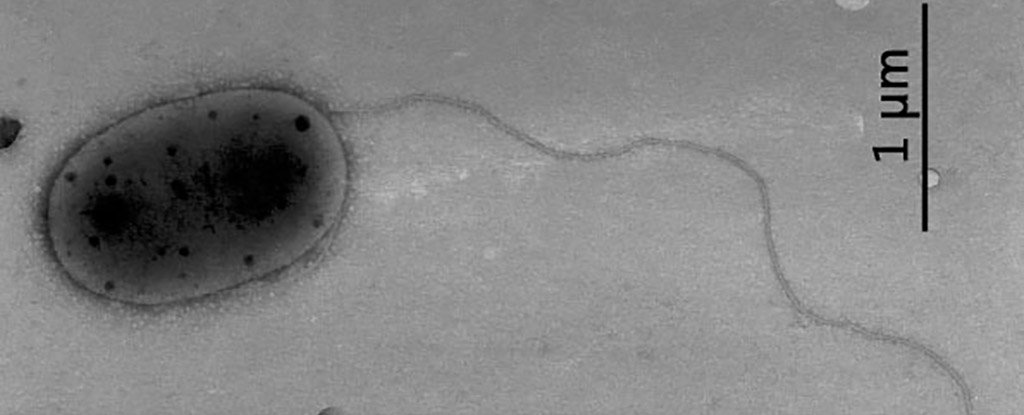
The menagerie of bacterial and fungal species that live among us is constantly growing – and this is no exception in low-gravity environments like the International Space Station (ISS).
Researchers from the United States and India working with NASA have now discovered four strains of bacteria that live in different places on the ISS – three of which were completely unknown to science until now.
Three of the four strains were isolated in 2015 and 2016 – one was found on a top panel of the ISS research stations, the second was found in the Cupola, the third was found on the surface of the dining table; the fourth was found in an old HEPA filter that returned to Earth in 2011.
All four strains belong to a family of bacteria found in soil and fresh water; they are involved in nitrogen fixation, plant growth and can help stop plant pathogens. In short, good bacteria to have around when you grow things.
You might wonder what such soil bacteria were doing at the very top of the ISS, but the astronauts who live on the space station have been growing small amounts of food for years, so it’s not surprising we have plant-related microbes on board found it.
One of the strains – the HEPA filter find – was identified as being called a known species Methylorubrum rhodesianumThe other three were sequenced and were all found to belong to the same previously unidentified species, and the strains were named IF7SW-B2T, IIF1SW-B5 and IIF4SW-B5.
The team, led by University of Southern California geneticist Swati Bijlani, has proposed naming the new species Methylobacterium ajmalii to Ajmal Khan, a well-known Indian scientist in the field of biodiversity. This new find is also closely related to an already known species called M. indica
“To grow plants in extreme places where resources are minimal, isolation of new microbes that promote plant growth under stressful conditions is essential,” said two of the team, Kasthuri Venkateswaran and Nitin Kumar Singh of NASA’s JPL, in a statement.
Since we already know that these microbes can survive the harsh conditions of the ISS, the team genetically analyzed the four strains to search for genes that could be used to promote plant growth.
“The whole genome sequence assembly of these three ISS strains reported here will enable the comparative genomic characterization of ISS isolates with Earth-based counterparts in future studies,” the team wrote in their study.
“This will further aid in the identification of genetic determinants that may be responsible for promoting plant growth under microgravity conditions and contribute to the development of self-sustaining plant crops for long-term space missions in the future.”
The researchers found that one of the ISS strains – IF7SW-B2T – had promising genes involved in plant growth, including a gene for an enzyme essential for cytokinin that promotes cell division in roots and shoots.
There’s a lot more research to do here – the researchers recognize that they barely scratched the surface of the microbial diversity on the space station. About 1,000 samples have already been collected on the ISS, but are still waiting for a trip back to Earth.
Imagine the exciting space-faring microbes we have yet to discover!
The research is published in Frontiers in Microbiology